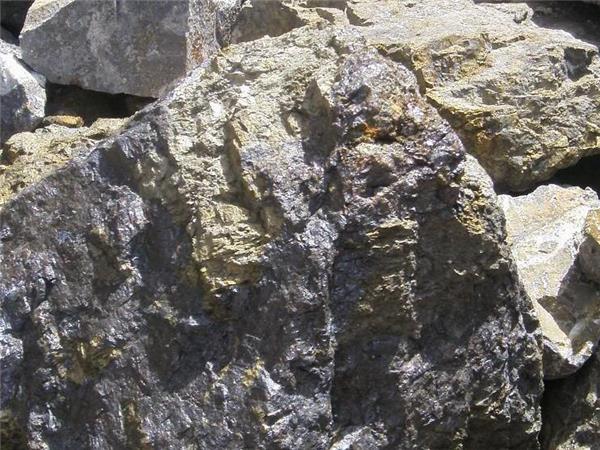Low-grade sulfide lead-zinc ore presents a significant challenge in mineral processing due to its complex composition and low metal grades. However, with advancements in mineral processing technology, it is now possible to efficiently extract valuable metals from these ores. In this article, we will explore the mineral processing technology tailored for low-grade sulfide lead-zinc ore, highlighting key methods and techniques used to maximize metal recovery.

The first step in processing low-grade sulfide lead-zinc ore is thorough ore characterization. This involves comprehensive analysis of the ore's mineralogy, grade, and liberation characteristics. Advanced analytical techniques such as X-ray diffraction (XRD), scanning electron microscopy (SEM), and mineral liberation analysis (MLA) are employed to determine the ore's composition and mineral associations. This information is crucial for designing an effective mineral processing flow sheet.
Comminution, or particle size reduction, is essential for liberating valuable minerals from the gangue matrix in low-grade sulfide lead-zinc ore. Typically, a combination of crushing and grinding is employed to achieve the desired particle size for subsequent processing steps. High-pressure grinding rolls (HPGR) and stirred mills may be utilized to improve energy efficiency and reduce overgrinding, thereby enhancing metal recovery.
Flotation remains the primary method for separating valuable minerals from gangue in low-grade sulfide lead-zinc ore. Differential flotation is commonly employed to separate lead and zinc minerals from each other and from the gangue matrix. Selective collectors, frothers, and depressants are used to promote the flotation of valuable minerals while inhibiting the flotation of unwanted minerals. Advanced flotation technologies, such as column flotation and pneumatic flotation, may be employed to enhance selectivity and recovery.
Gravity separation techniques, such as jigging, shaking tables, and centrifugal concentrators, may be employed as supplementary methods to flotation for recovering coarse-grained lead and zinc minerals. Gravity separation exploits the differences in specific gravity between valuable minerals and gangue to achieve separation. This can be particularly effective for pre-concentrating high-density minerals prior to flotation.
For refractory low-grade sulfide lead-zinc ores, hydrometallurgical processing methods such as leaching and pressure oxidation may be employed to extract metals. These methods involve the dissolution of metal sulfides in acidic or alkaline solutions, followed by metal recovery through precipitation, solvent extraction, or electrowinning. Hydrometallurgical processing can be effective for treating ores with complex mineralogy or low metal grades.
Environmental considerations are paramount in the processing of low-grade sulfide lead-zinc ore to minimize environmental impact and ensure sustainable mining practices. Efforts should be made to minimize energy consumption, water usage, and waste generation throughout the processing chain. Technologies for tailings management and mine rehabilitation should be implemented to mitigate environmental risks and ensure compliance with regulatory requirements.
Innovations in mineral processing technology for low-grade sulfide lead-zinc ore are focused on improving efficiency, reducing environmental impact, and increasing metal recovery. Emerging technologies such as sensor-based ore sorting, bioleaching, and advanced process control systems are being explored to optimize mineral processing operations. Additionally, research efforts are underway to develop novel extraction techniques and environmentally friendly reagents to address sustainability challenges.
In conclusion, mineral processing technology for low-grade sulfide lead-zinc ore continues to evolve, driven by the need for sustainable and efficient metal extraction. By integrating advanced analytical techniques, innovative processing methods, and environmental best practices, it is possible to unlock the full potential of these challenging ore deposits while minimizing environmental impact and maximizing economic returns.